We've all seen surfers on every type of surfboard. There are templates, shapes and sizes for virtually all waves big and small, clean and rough ocean conditions. Electric surfboards open up new ways to explore the ocean and waves. Here's everything you should know about electric powered surfboards.
What is an Electric Surfboard?
Electric surfboards are similar in appearance to traditional surfboards. These types of surfboards can be very powerful and fast, but some of them are also smaller and slower. Depending on what you want to do on the water, whether it's cruising and sightseeing or moving fast, you should be able to find an e-surfboard that's right for you.
Although electric surfing boards are similar in structure and design to traditional surfboards, unlike traditional surfboards, electric jet boards have an independent power source. On the back end of your e-surfboard, you can usually find the motor or motor for your electric powered surfboard. The motor is usually placed at the end of the Electric Surfboard because this location allows the electric surfing board to move gracefully on the water as the jet propulsion propels the board forward towards its destination. Many manufacturers of electric surfboards add a rope to the top of the board to help the user orient the e-surfboard. Other manufacturers also attach remote controls to this cord, allowing users to free up one hand.
What is a Hydrofoil Surfboard?
Hydrofoil surfboards, also known as hydrofoil boards, have a long carbon fiber mast that extends from the bottom down to two underwater wings. When the wave has enough speed and momentum, the wings propel through the water, lifting the board and surfer into the air. Many hydrofoils now have electric propellers built into their masts, giving them extra power for use when there are no waves. This means that surfers can surf not only on flat seas, but even on lakes and rivers. Compared with other surfboards, it is equipped with curved side wings, which can greatly improve the surfer's flying skills and help them achieve maximum speed. Foil boards generally travel relatively quickly through the water and are best for surfers who want to go fast.
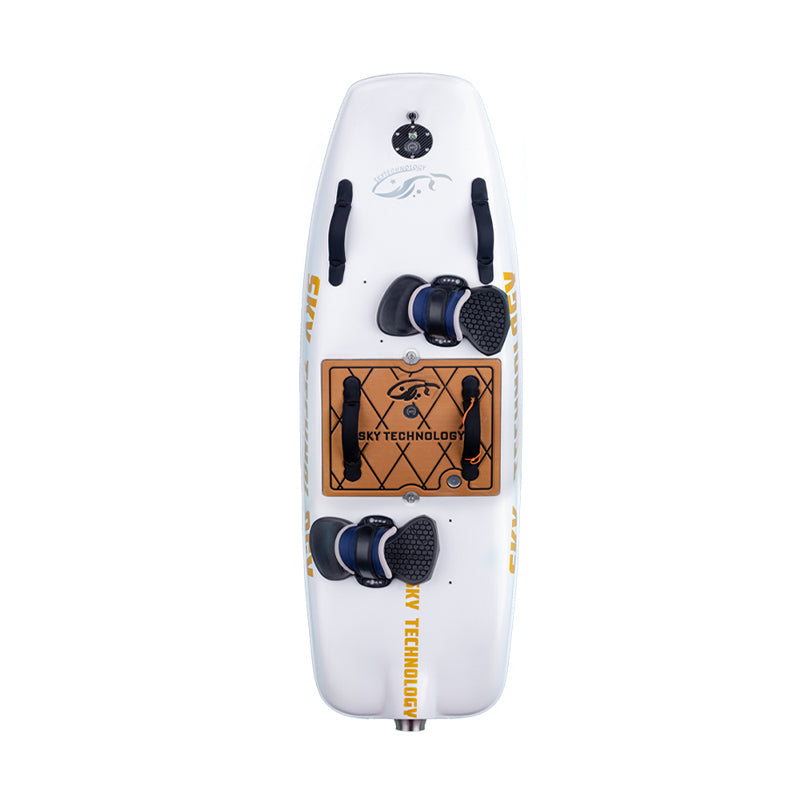
The hydrofoil surfboard is a new type of surfboard, and while hydrofoil technology has been around in boating for over a century, it wasn't until the early 2000s that it began to find its way into surfing.
The History Behind Electric Surfboards
Like most modern inventions we see today, electric surfboards evolved and functioned in many different forms before becoming a product used by society today. In 1935, the world's first electric surfboard unexpectedly appeared. The first electric surfboard was named "surf scooter". It was developed to help lifeguards ride through waves when they need to save or help people in the water.
Over the next few decades, both progress and time influenced the development of electric surfboards. As the years went by, e-surfboards became more streamlined, practical and functional with several innovative designs on the market.
Electric surfing boards function by using an independent power source, opening up new adventures in water sports. They are incredible products that allow individuals to surf anytime, anywhere. While the experience on an e-surfboard is not the same as when you surf on a traditional surfboard, you will no longer be limited by the waves and the weather while surfing.
Electric surfboards can also be very nimble and fast. Whatever your reason for wanting to buy an electric surfboard, you can enjoy many different outdoor adventures and experiences with one of these amazing products.
As you can see from the description above, there are several options for the type of electric surfboard you'll end up buying. So, knowing how you want to use the board, and how different types of boards are used, should help you make your buying decision.
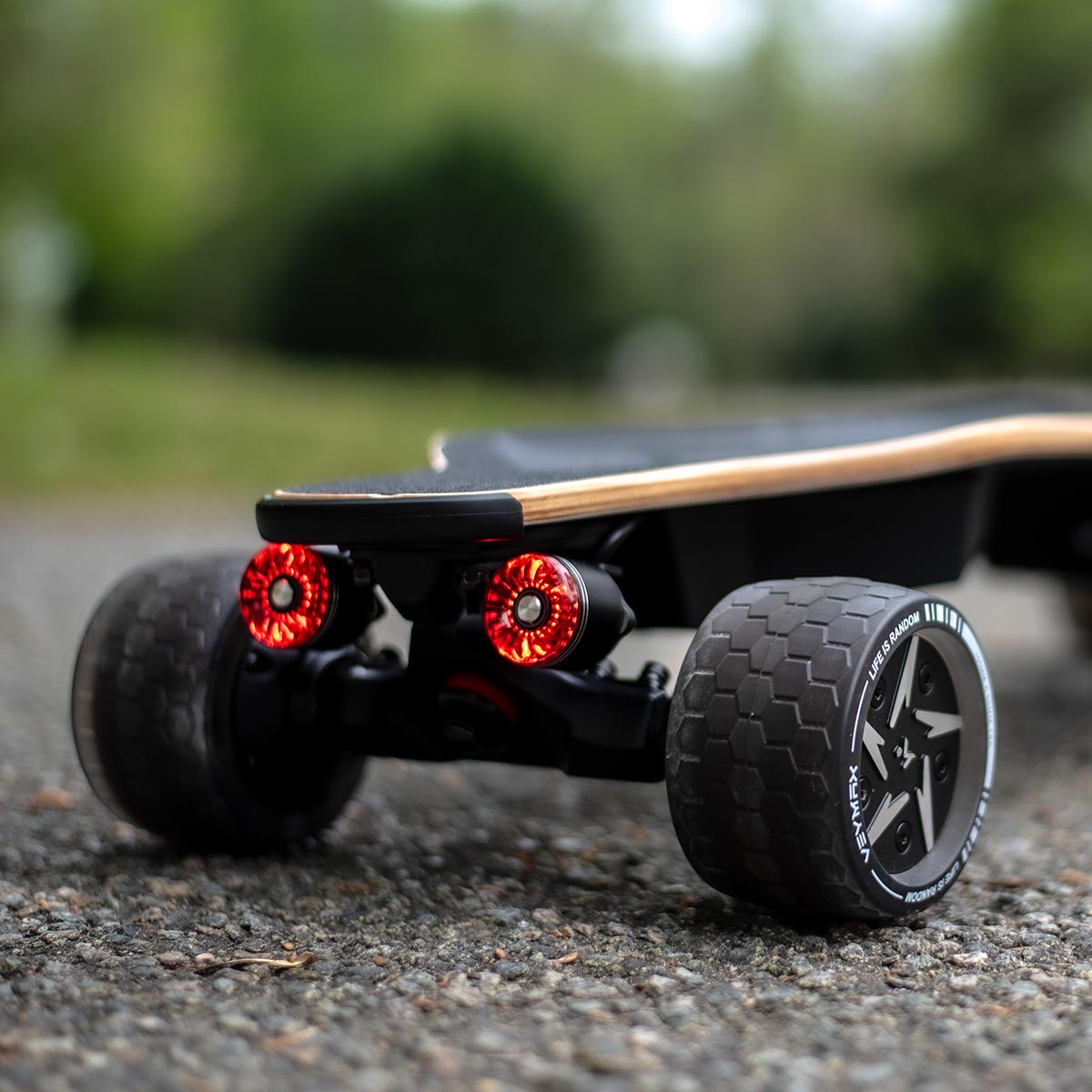
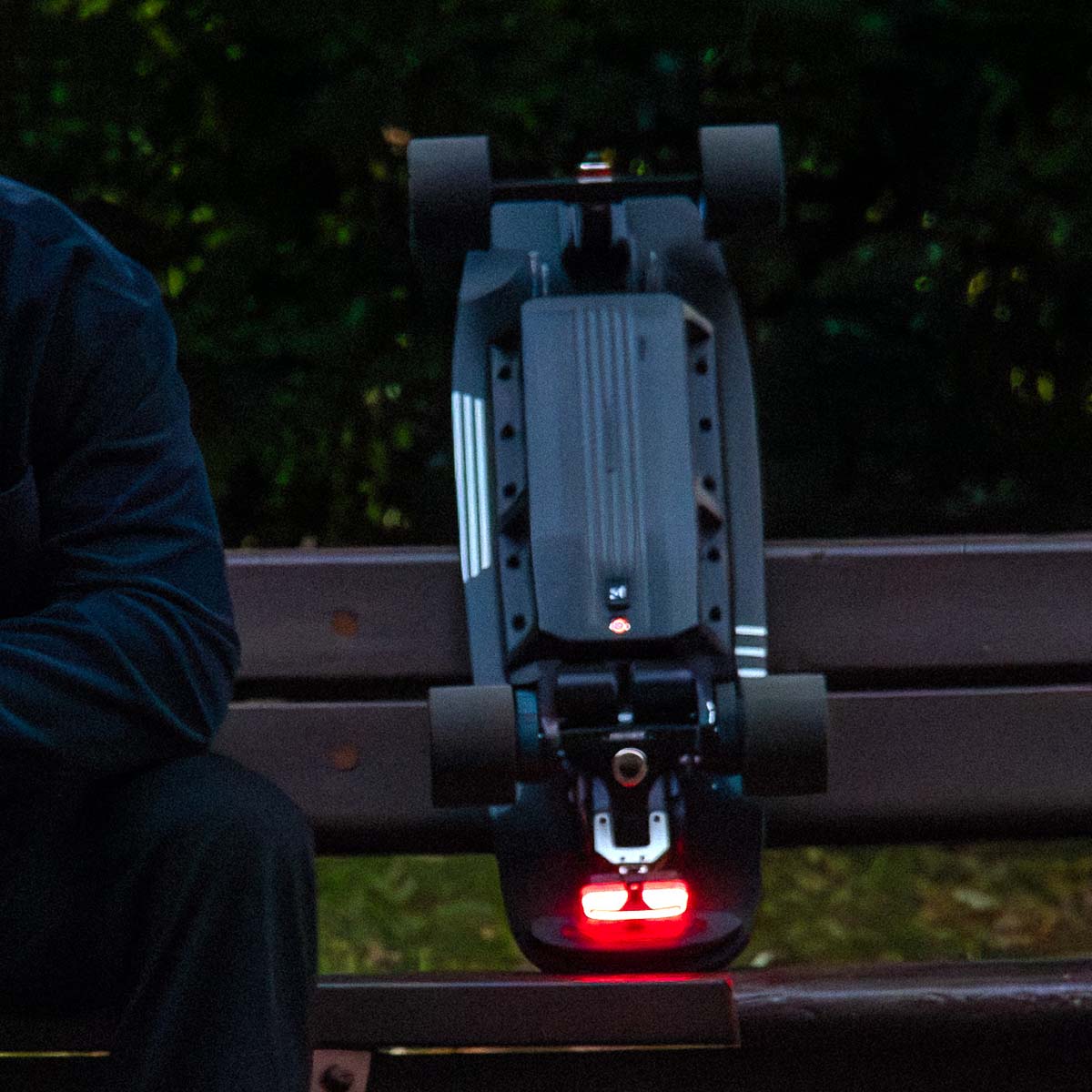
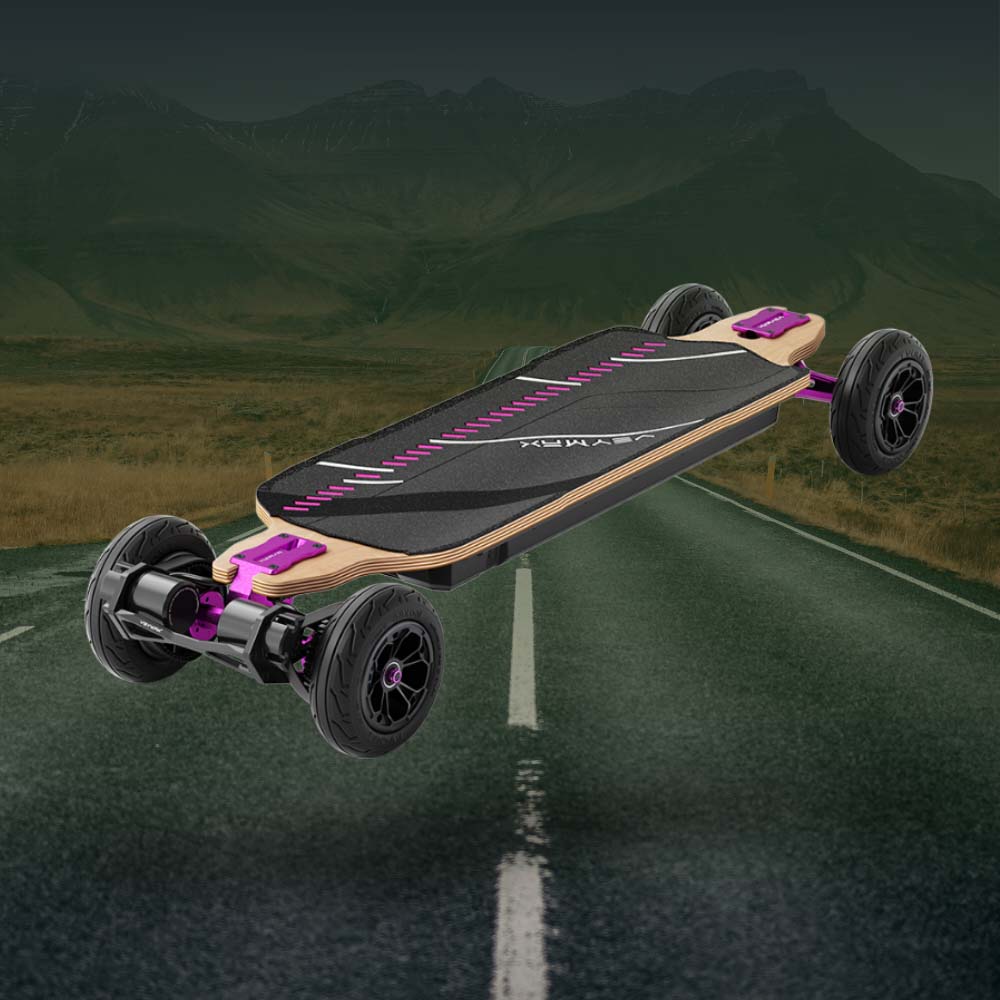

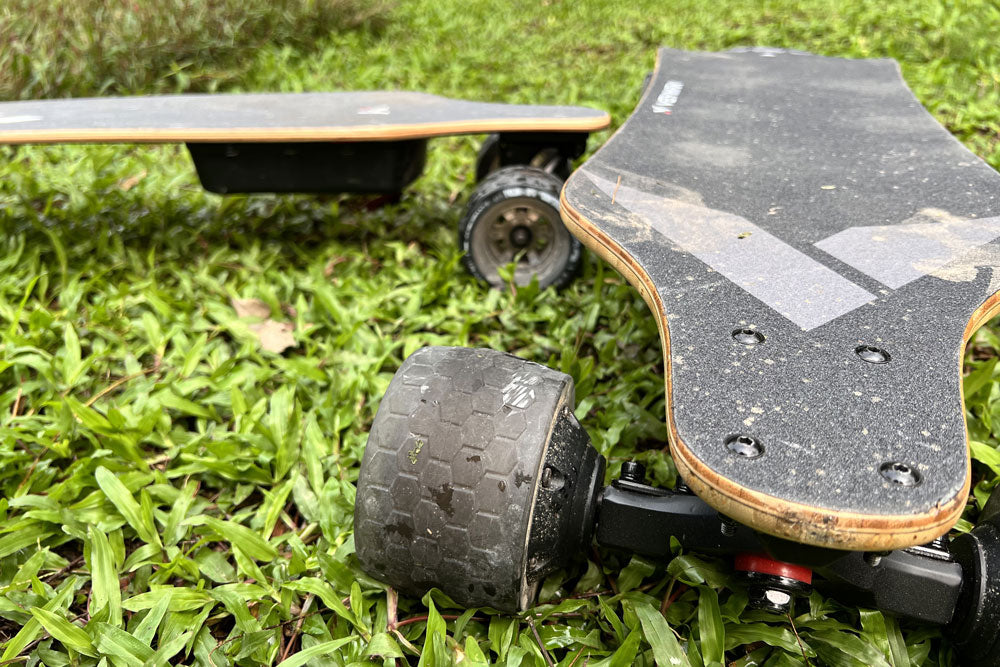

Leave a comment
This site is protected by hCaptcha and the hCaptcha Privacy Policy and Terms of Service apply.